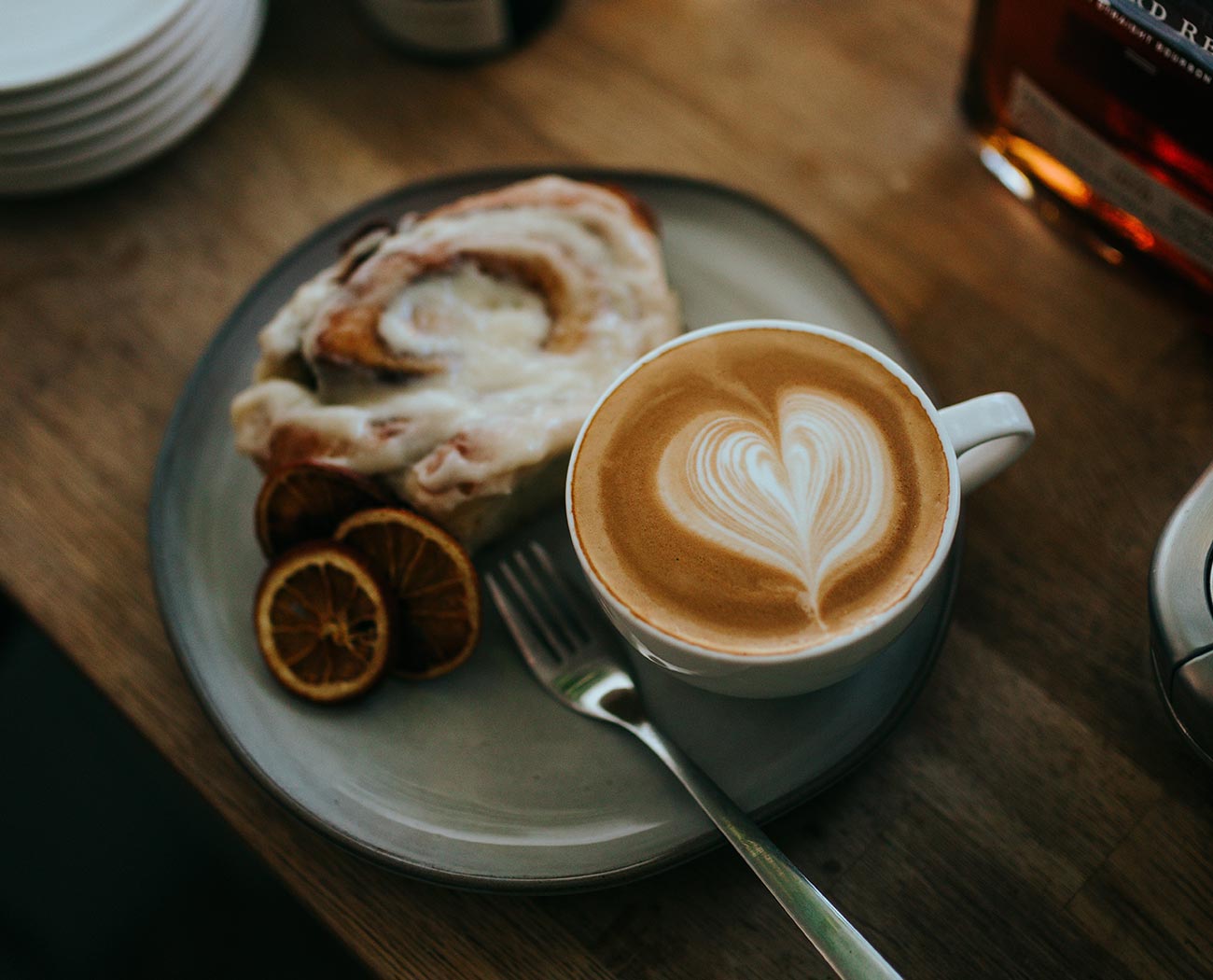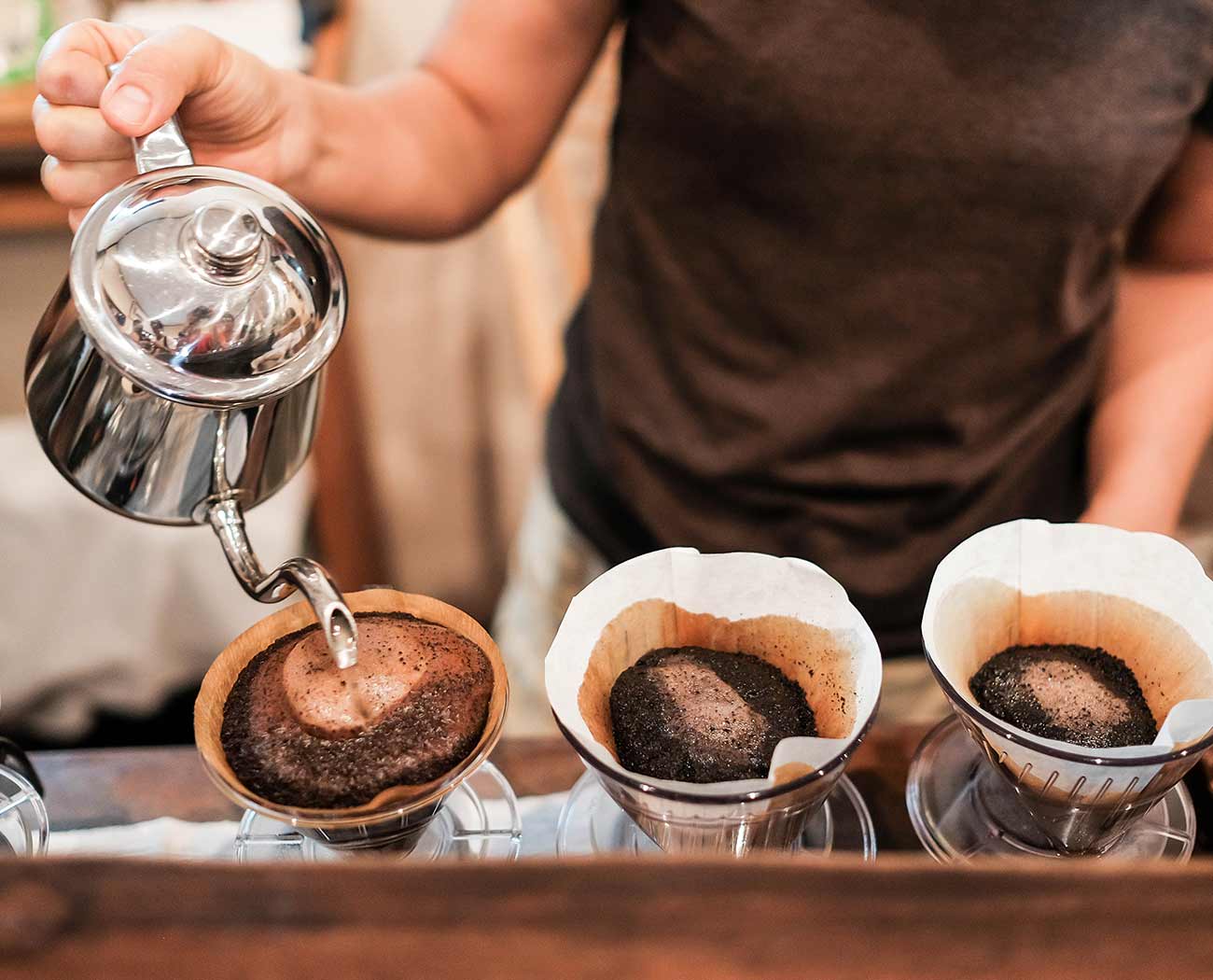
The Art of Evaluating Coffee Quality
Cupping is a time-honored ritual in the world of coffee, serving as the standard method for evaluating the quality and characteristics of coffee beans. This systematic tasting process allows coffee professionals to assess various aspects of a coffee’s flavor profile, including fragrance, aroma, flavor, acidity, body, and aftertaste. In this article, we will delve into the intricacies of cupping, exploring the steps involved and the significance of each element in determining coffee quality.
The Cupping Process:
1. Preparation:
- Before beginning the cupping process, coffee samples are roasted to a standardized level to ensure consistency across evaluations.
- The roasted beans are then ground to a coarse consistency, allowing for optimal extraction during brewing.
- Each coffee sample is carefully measured and placed into individual cupping bowls, typically in the range of 8.25 to 8.75 grams of coffee per 150ml of water.
2. Fragrance Assessment:
- The first step in cupping involves assessing the fragrance of the freshly ground coffee.
- To evaluate fragrance, the cupper takes a deep inhale of the dry grounds, noting any distinctive aromas or characteristics.
- This initial assessment provides insight into the coffee’s aromatic profile before it is brewed.
3. Aroma:
- After adding hot water to the cupping bowls, the coffee grounds bloom, releasing a burst of aromas.
- Cuppers then break the crust that forms on the surface of the coffee, allowing the aromas to escape.
- By leaning in and inhaling deeply, cuppers assess the aroma of the brewed coffee, noting any changes or intensifications from the dry fragrance.
4. Flavor:
- The next step involves tasting the brewed coffee to evaluate its flavor profile.
- Cuppers take small sips of the coffee, allowing it to coat the entire palate to fully experience its flavors.
- They pay attention to flavor characteristics such as sweetness, acidity, bitterness, and any unique flavor notes present.
5. Acidity:
- Acidity refers to the bright, tangy sensation experienced on the palate, often likened to the tartness of citrus fruits.
- Cuppers assess the coffee’s acidity, noting its intensity, quality, and balance with other flavor elements.
- Well-balanced acidity contributes to the complexity and vibrancy of the coffee’s flavor profile.
6. Body:
- Body refers to the weight and texture of the coffee on the palate, ranging from light and delicate to full and creamy.
- Cuppers evaluate the coffee’s body by assessing its mouthfeel, viscosity, and lingering sensation on the palate.
- A coffee with a well-developed body often exhibits a smooth and satisfying texture that enhances the overall drinking experience.
7. Aftertaste:
- The final element to evaluate in cupping is the coffee’s aftertaste, which refers to the lingering flavors that remain on the palate after swallowing.
- Cuppers note the duration and quality of the aftertaste, paying attention to any lingering sweetness, acidity, or bitterness.
- A clean and pleasant aftertaste is indicative of a high-quality coffee with well-balanced flavor characteristics.
The SCA Cupping Form:
To standardize the cupping process and facilitate consistent evaluations, the Specialty Coffee Association (SCA) has developed a cupping form that guides coffee professionals through the assessment process. This form provides a structured framework for recording observations and scoring various attributes of the coffee, ensuring that cupping evaluations are thorough and objective.
Cupping is more than just a tasting ritual; it is a meticulous and standardized method for evaluating the quality and characteristics of coffee beans. By systematically assessing fragrance, aroma, flavor, acidity, body, and aftertaste, cuppers gain valuable insights into the unique attributes of each coffee sample. The use of the SCA cupping form further enhances consistency and objectivity in evaluations, allowing coffee professionals to make informed decisions about sourcing, roasting, and brewing.
In addition to its practical applications, cupping also serves as a sensory experience that celebrates the artistry and complexity of coffee. Whether conducted in a coffee lab or a bustling cafe, cupping remains an essential tool in the pursuit of exceptional coffee experiences, guiding us on a journey of discovery and appreciation for the world’s most beloved beverage. Through cupping, we gain not only a deeper understanding of coffee but also a profound connection to the people and places behind each cup, enriching our coffee journey one sip at a time.






